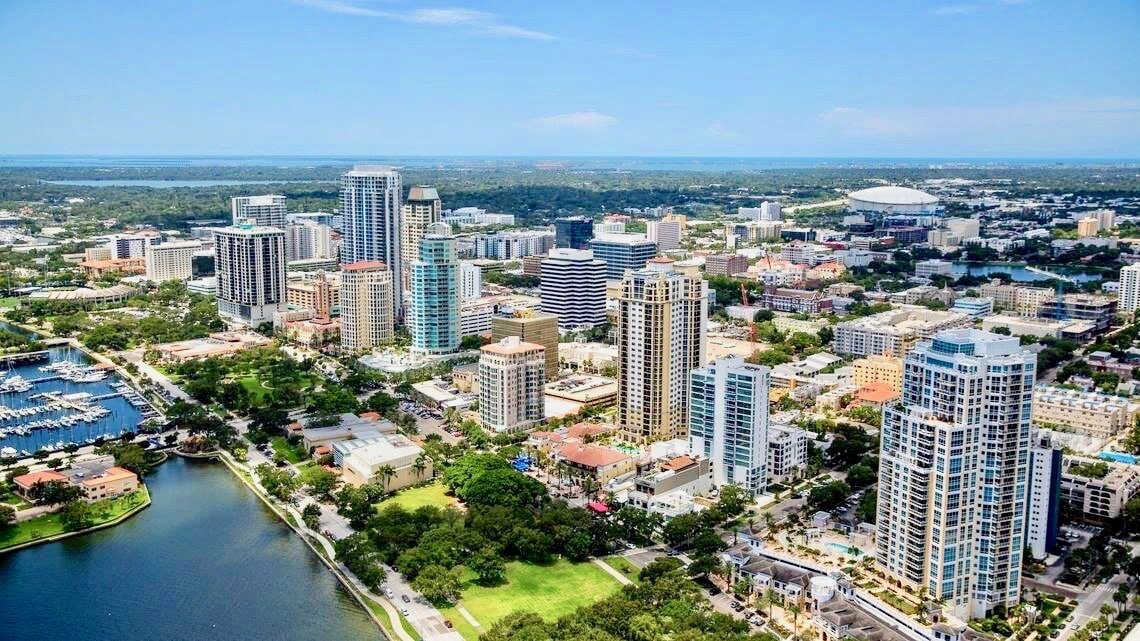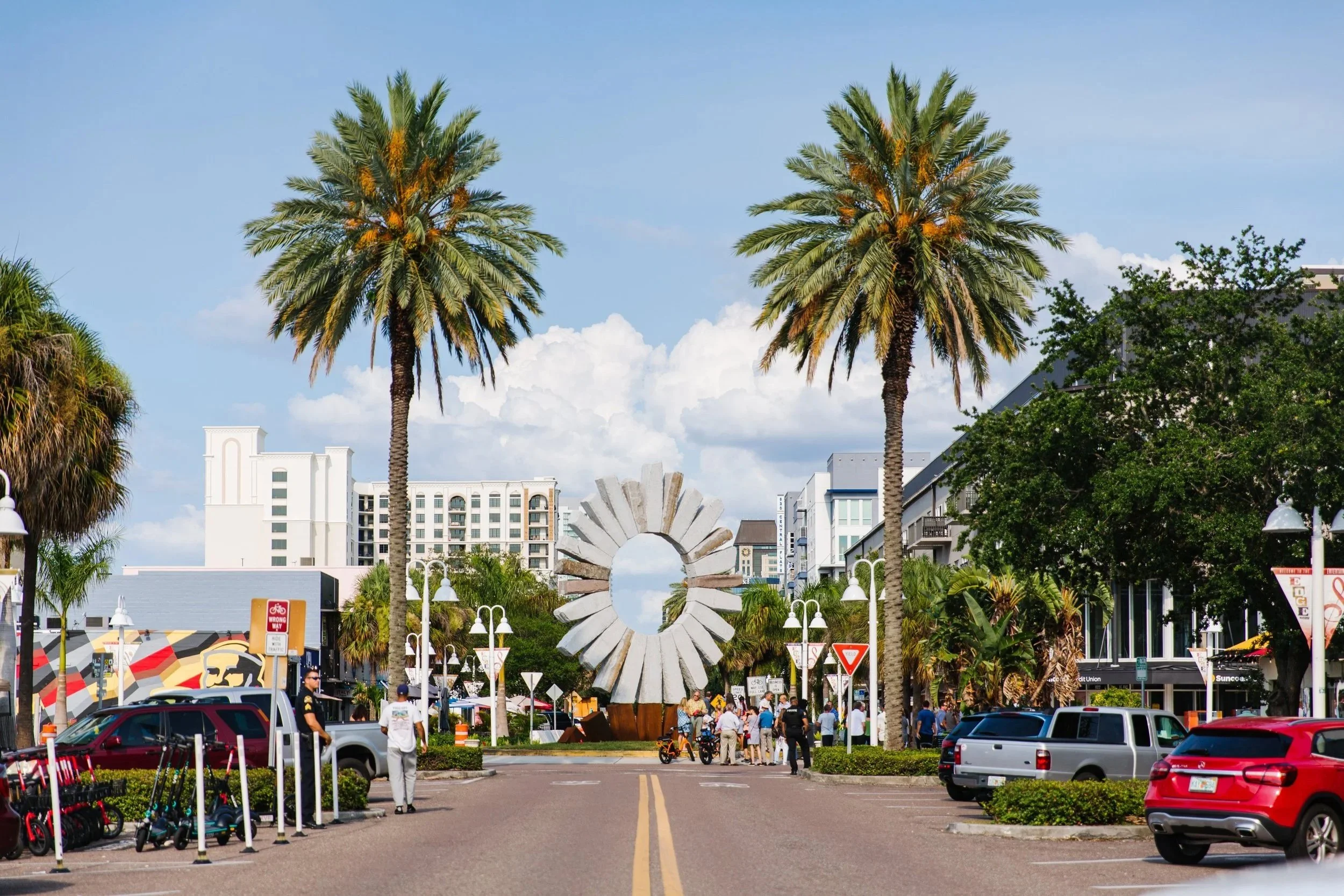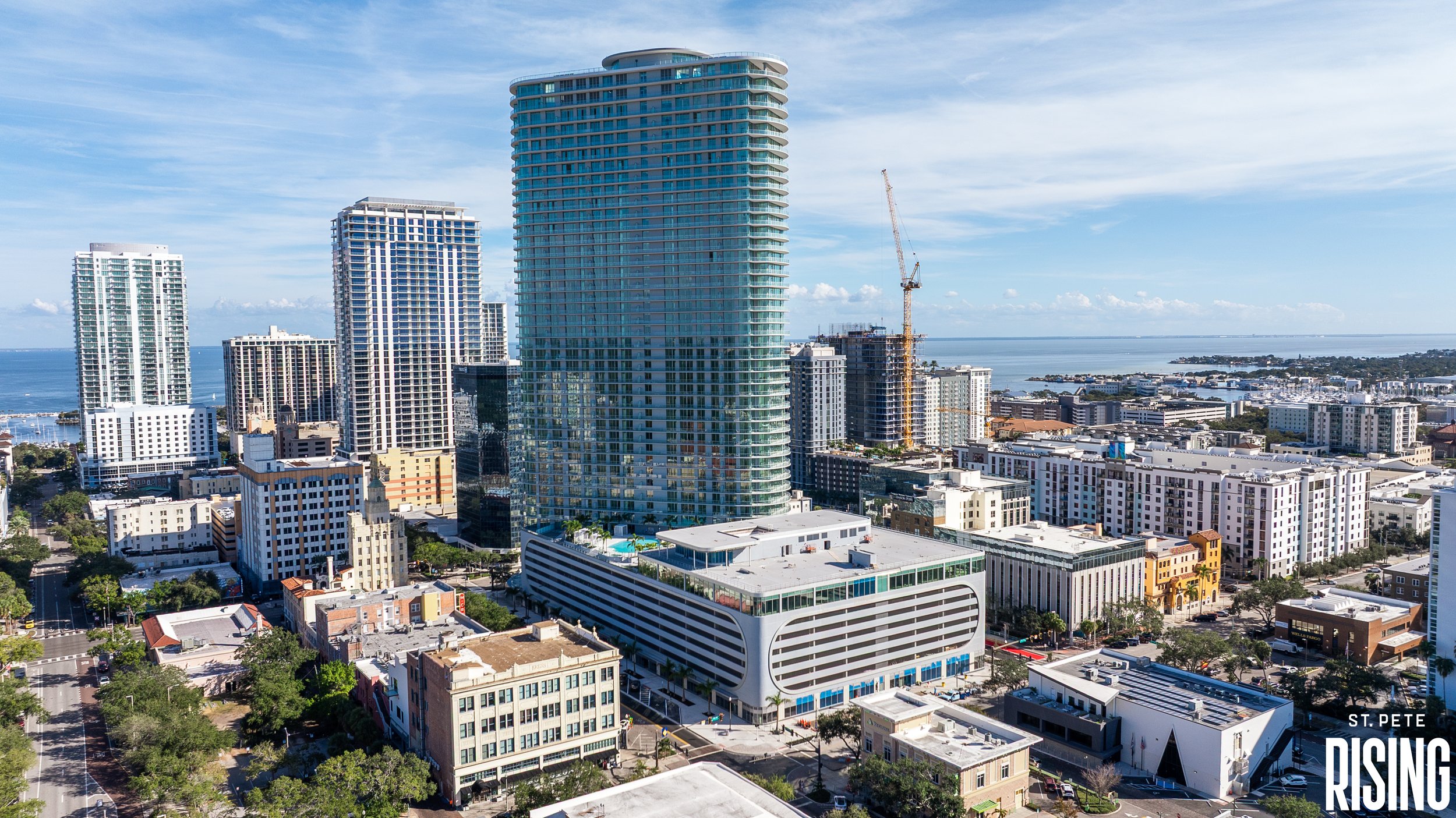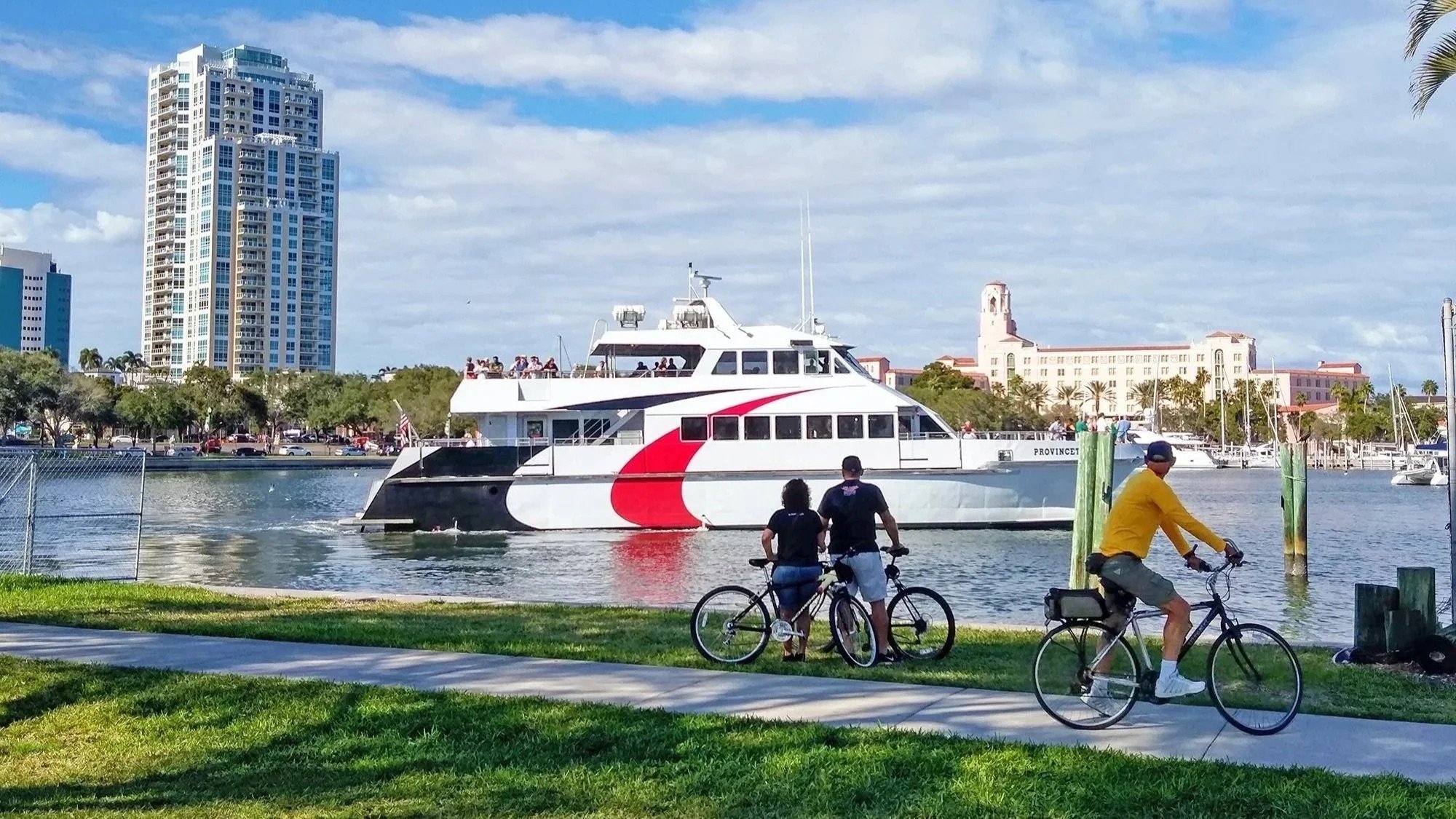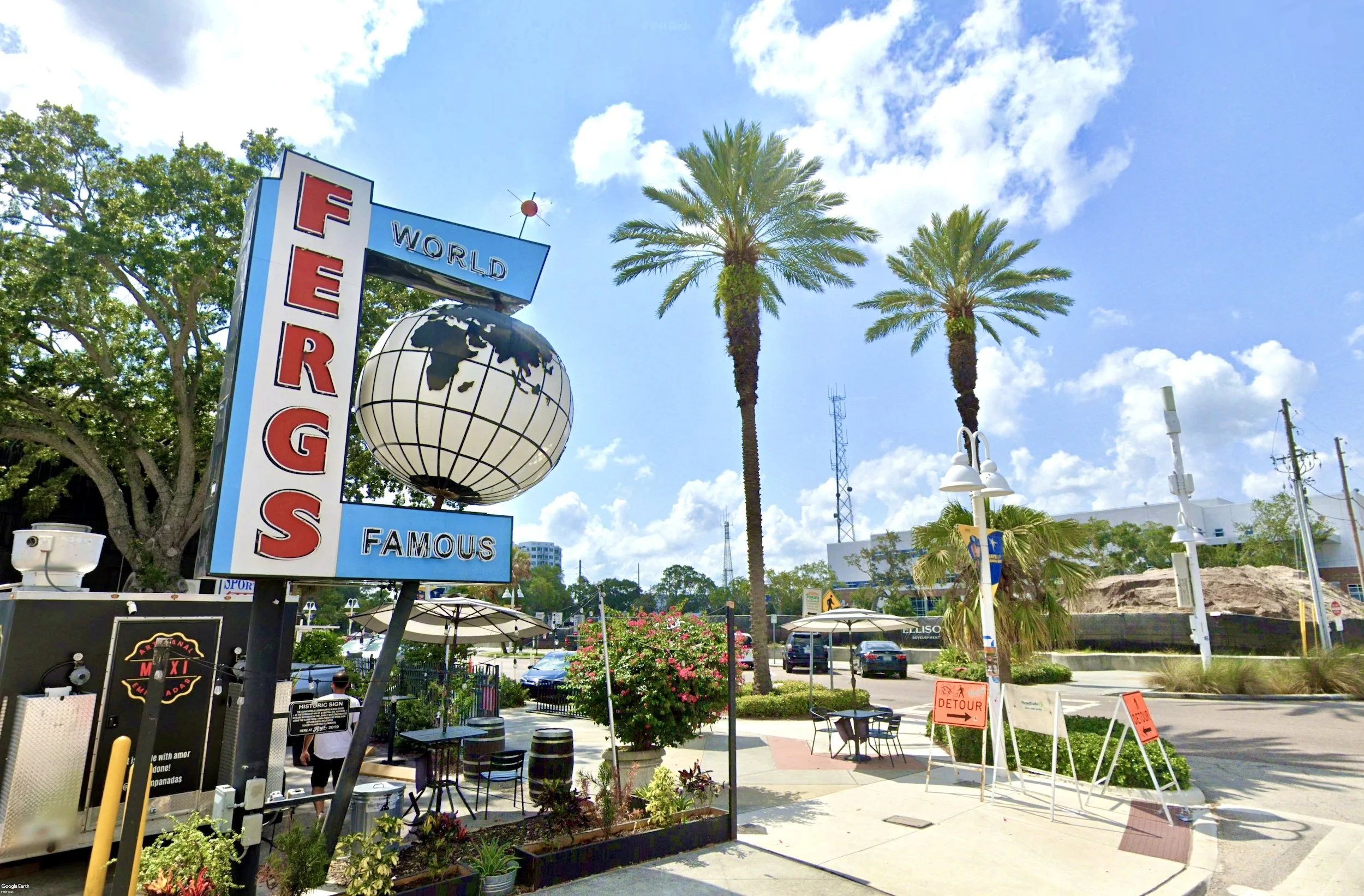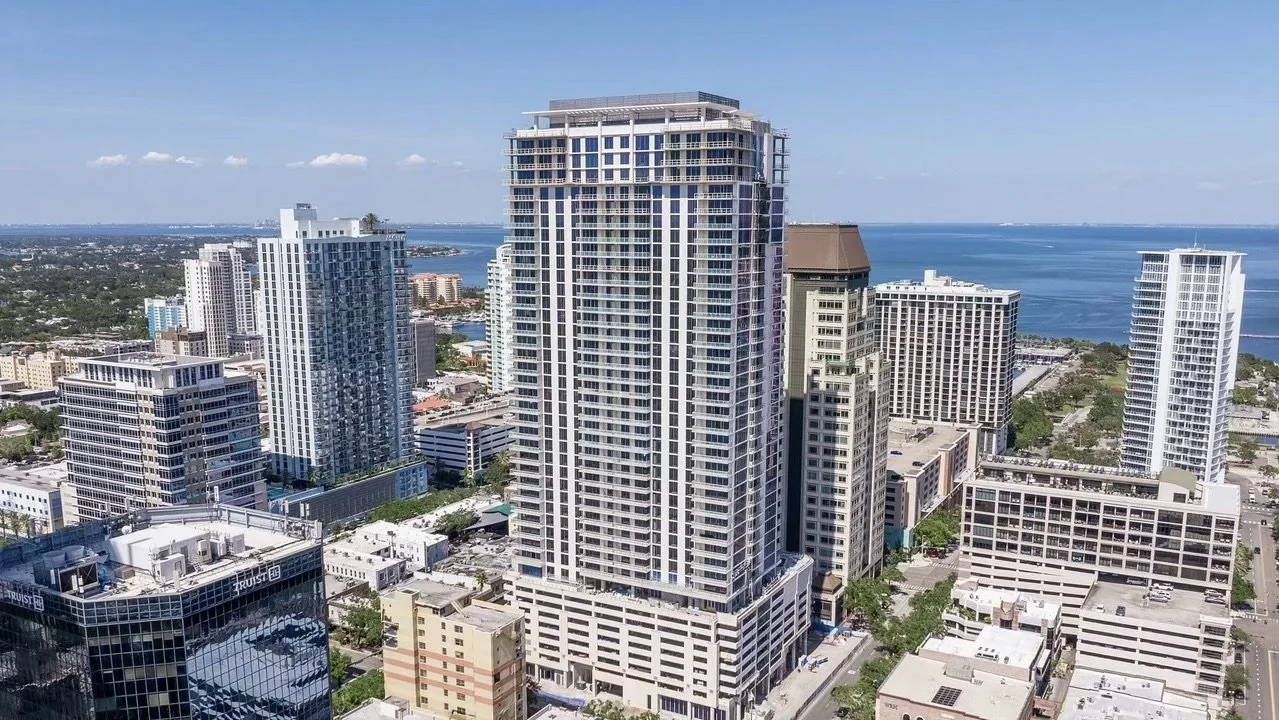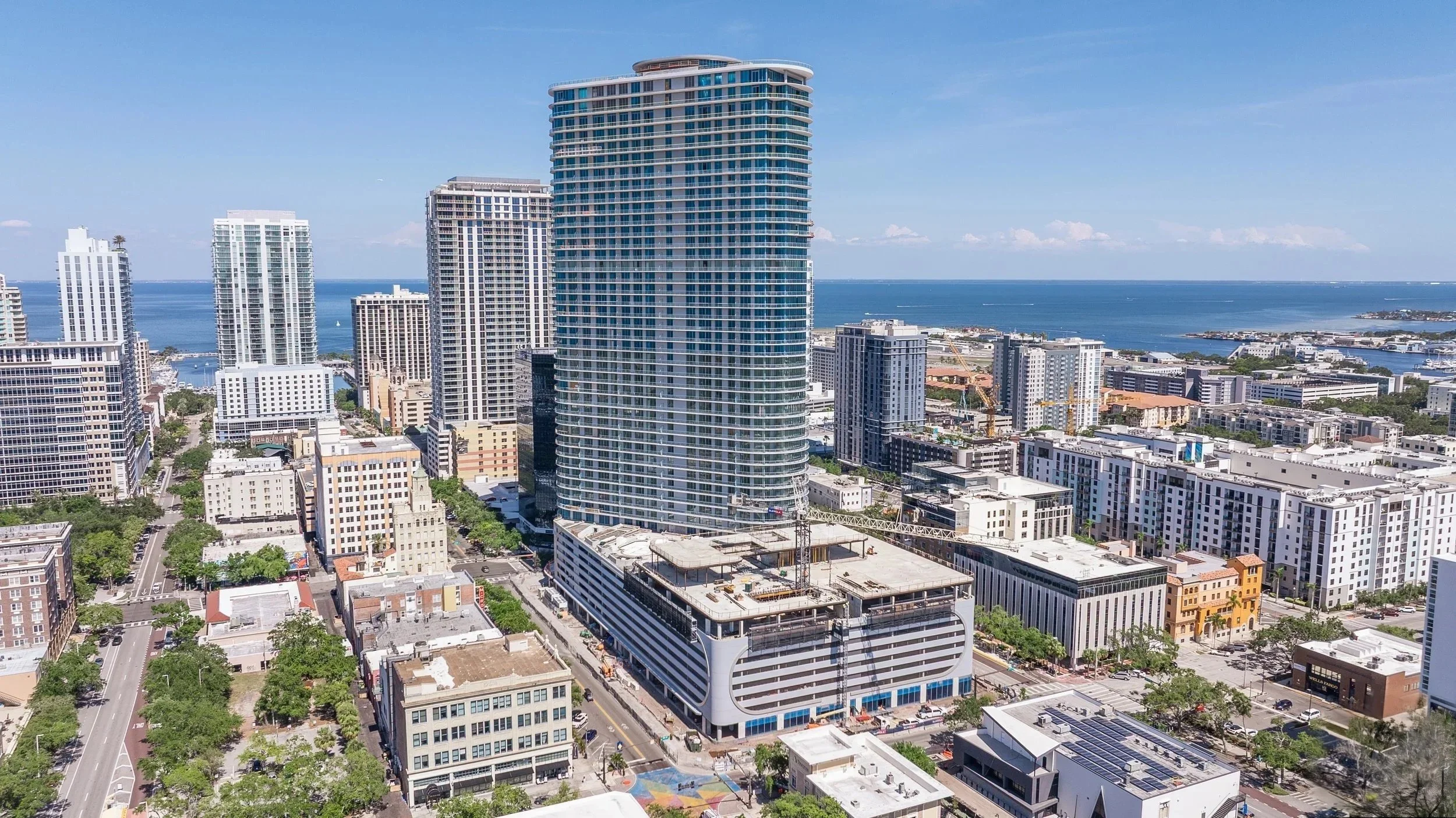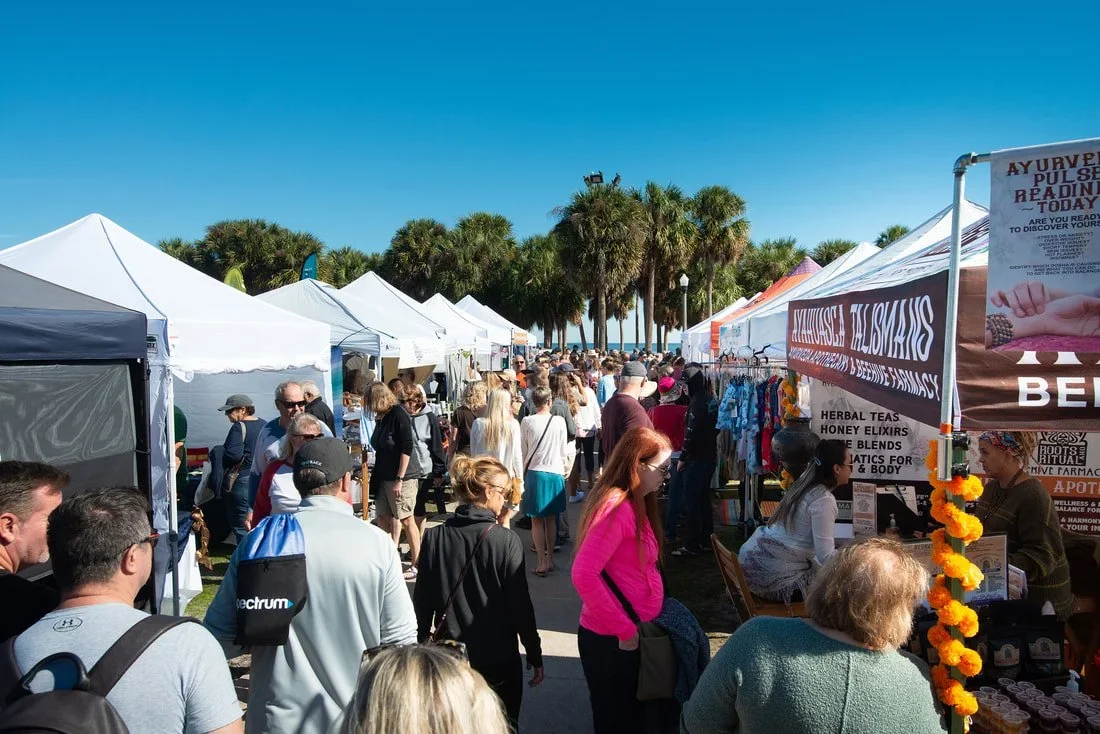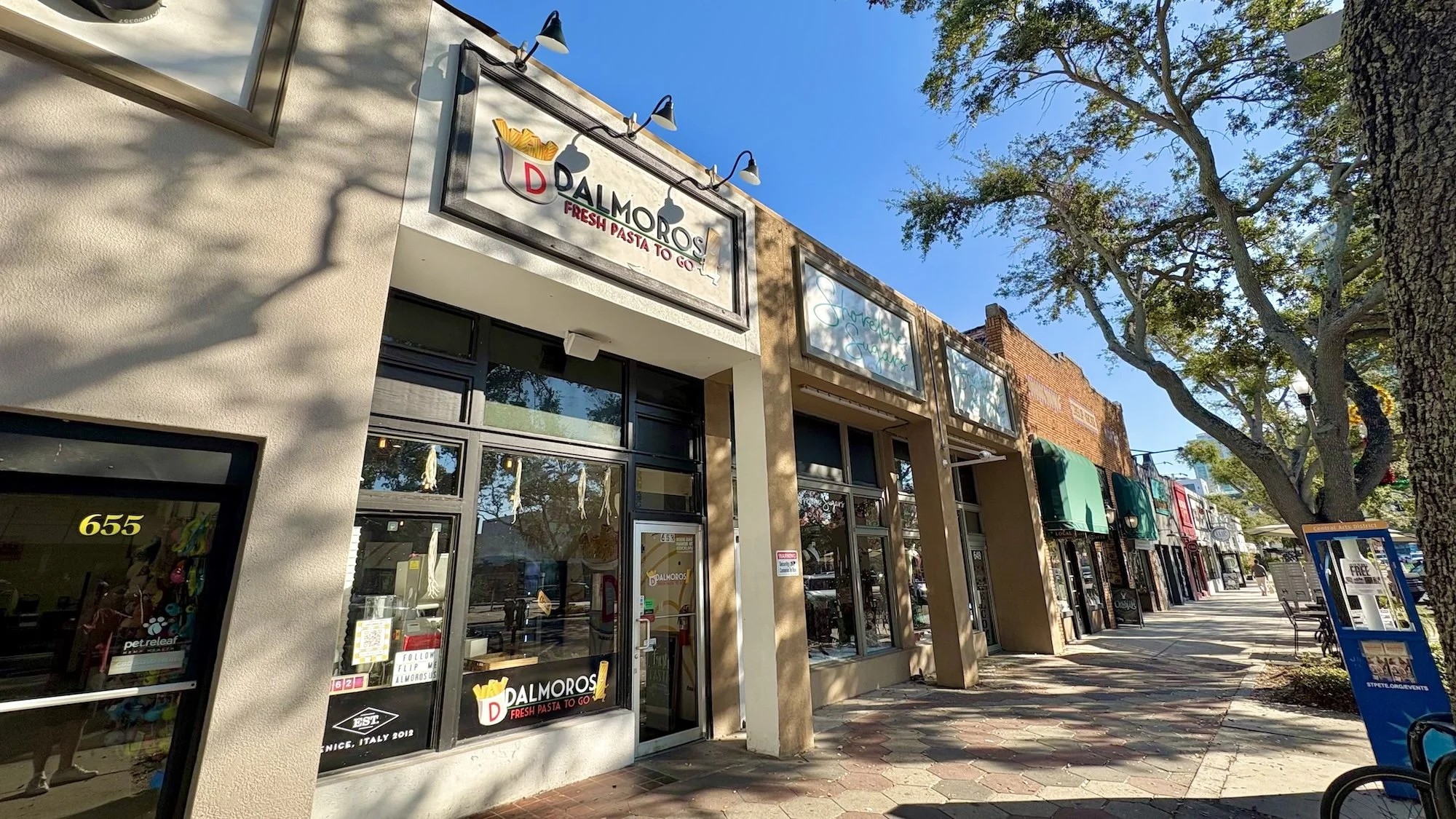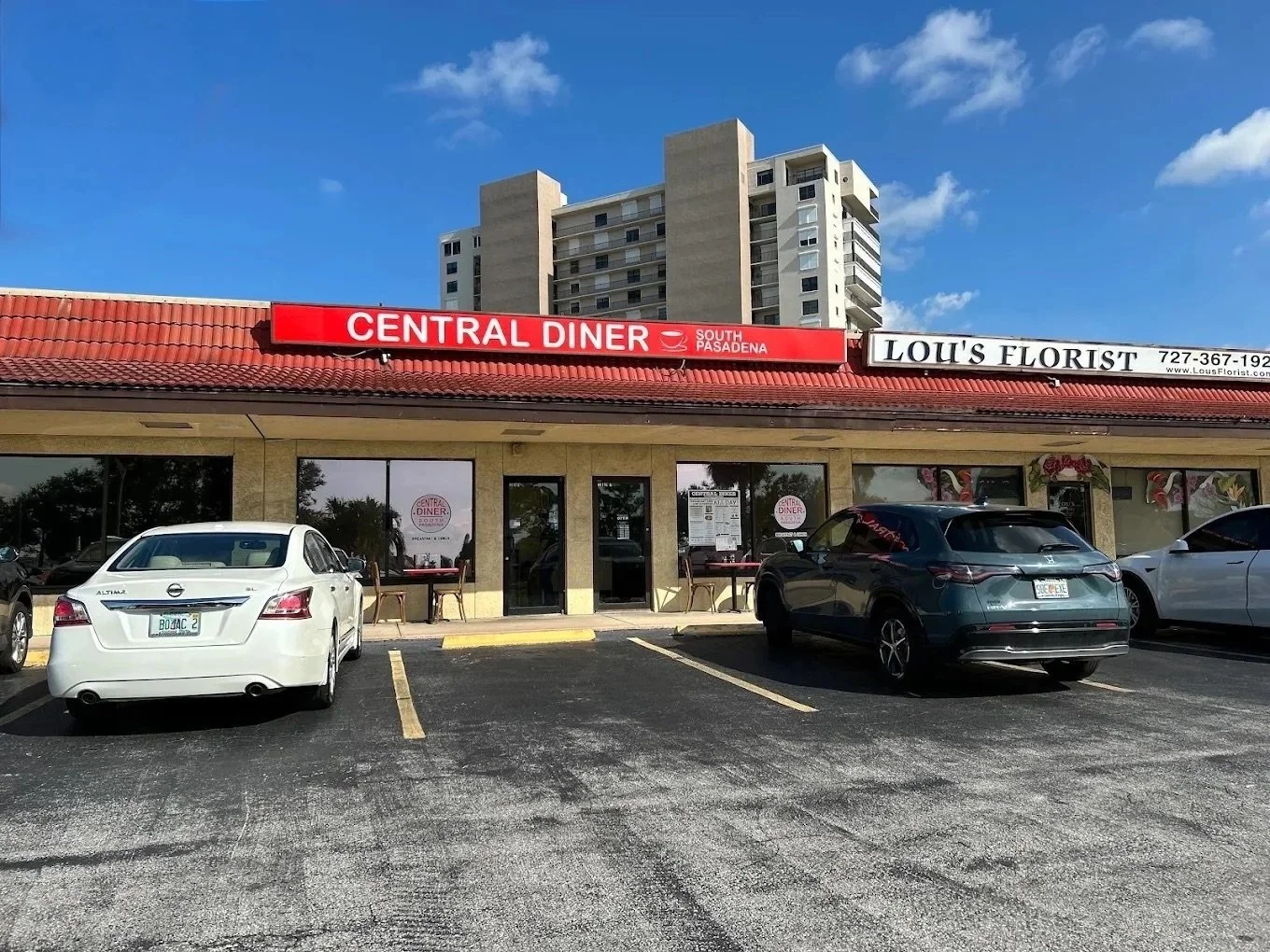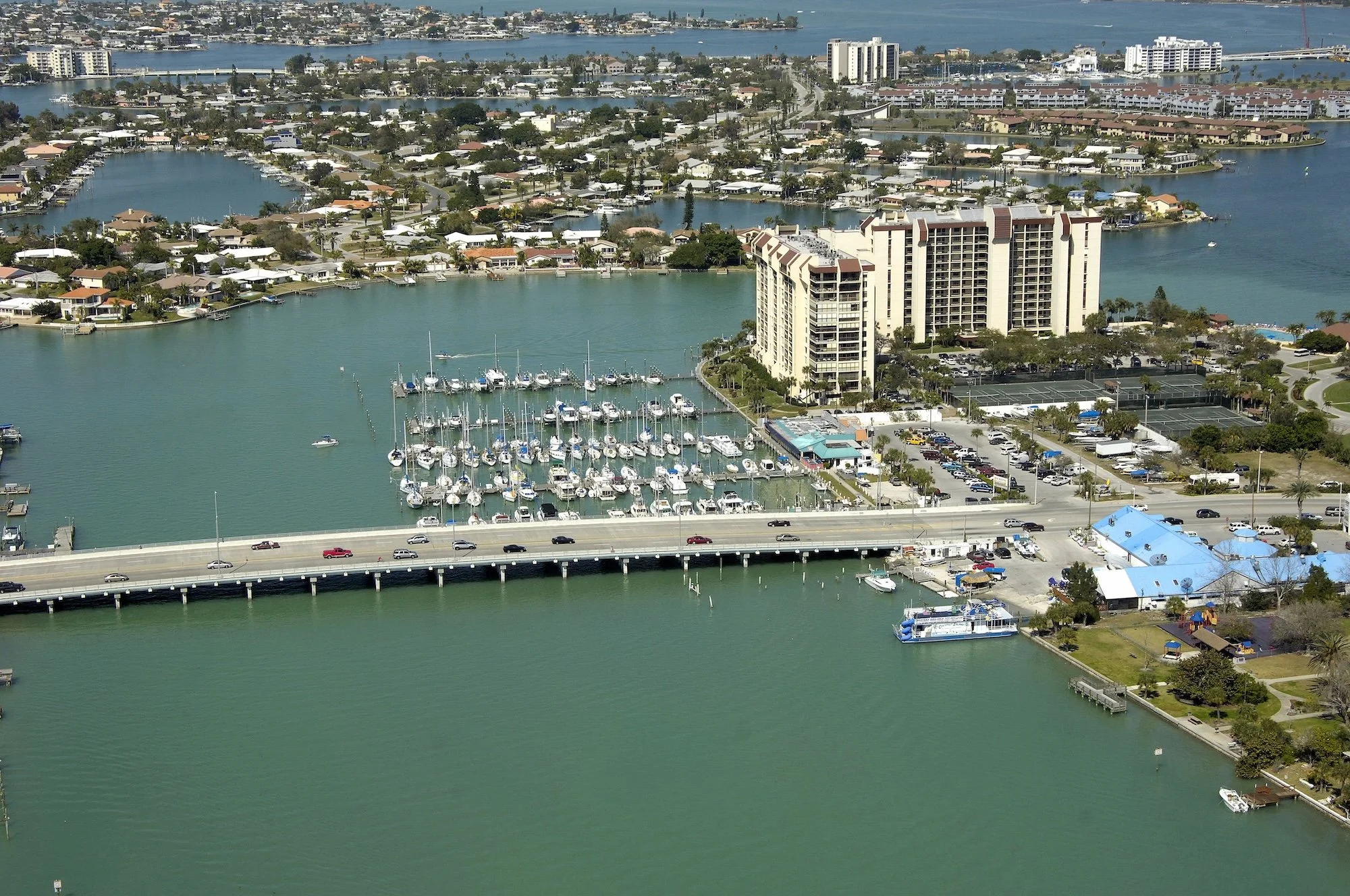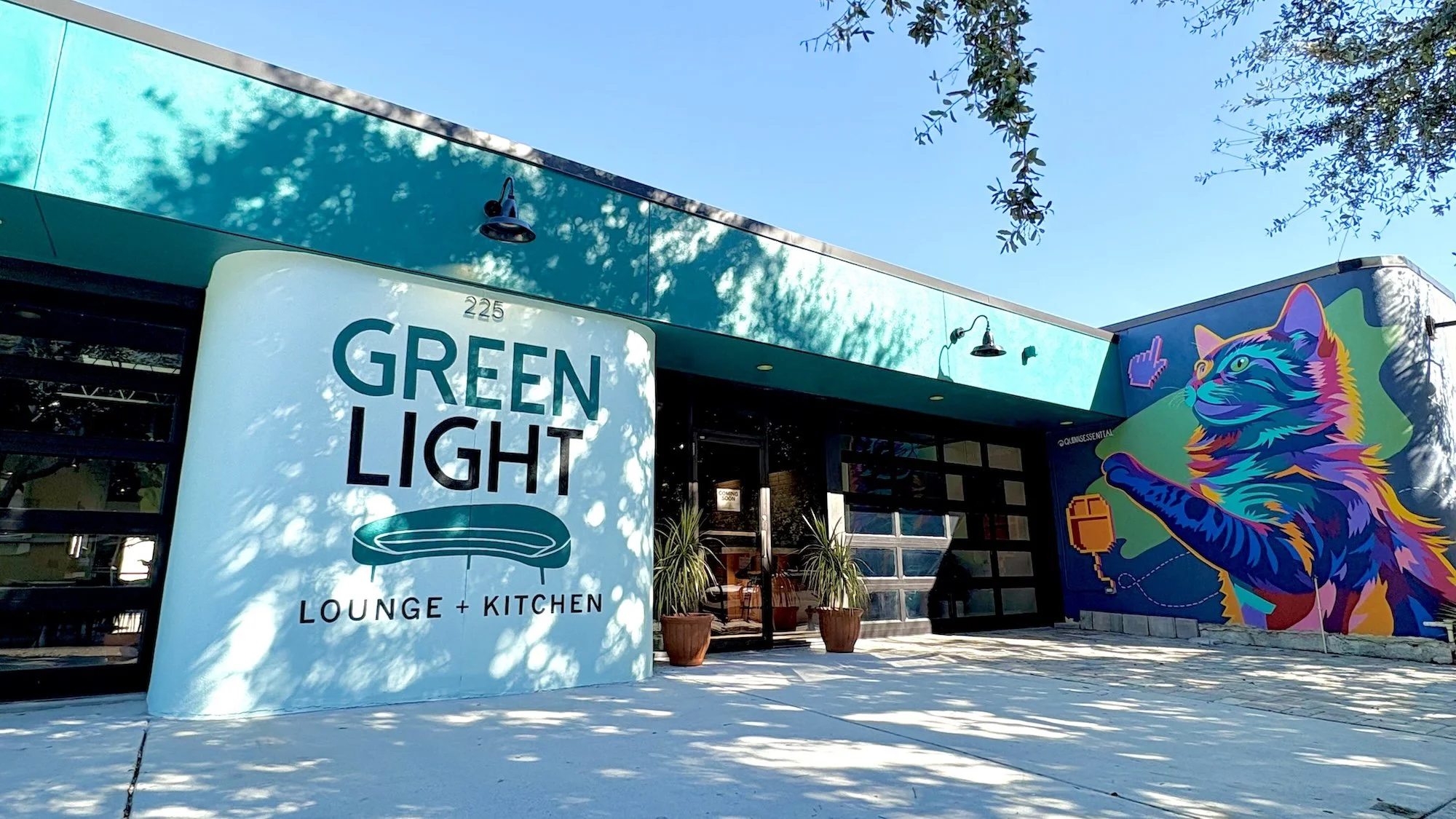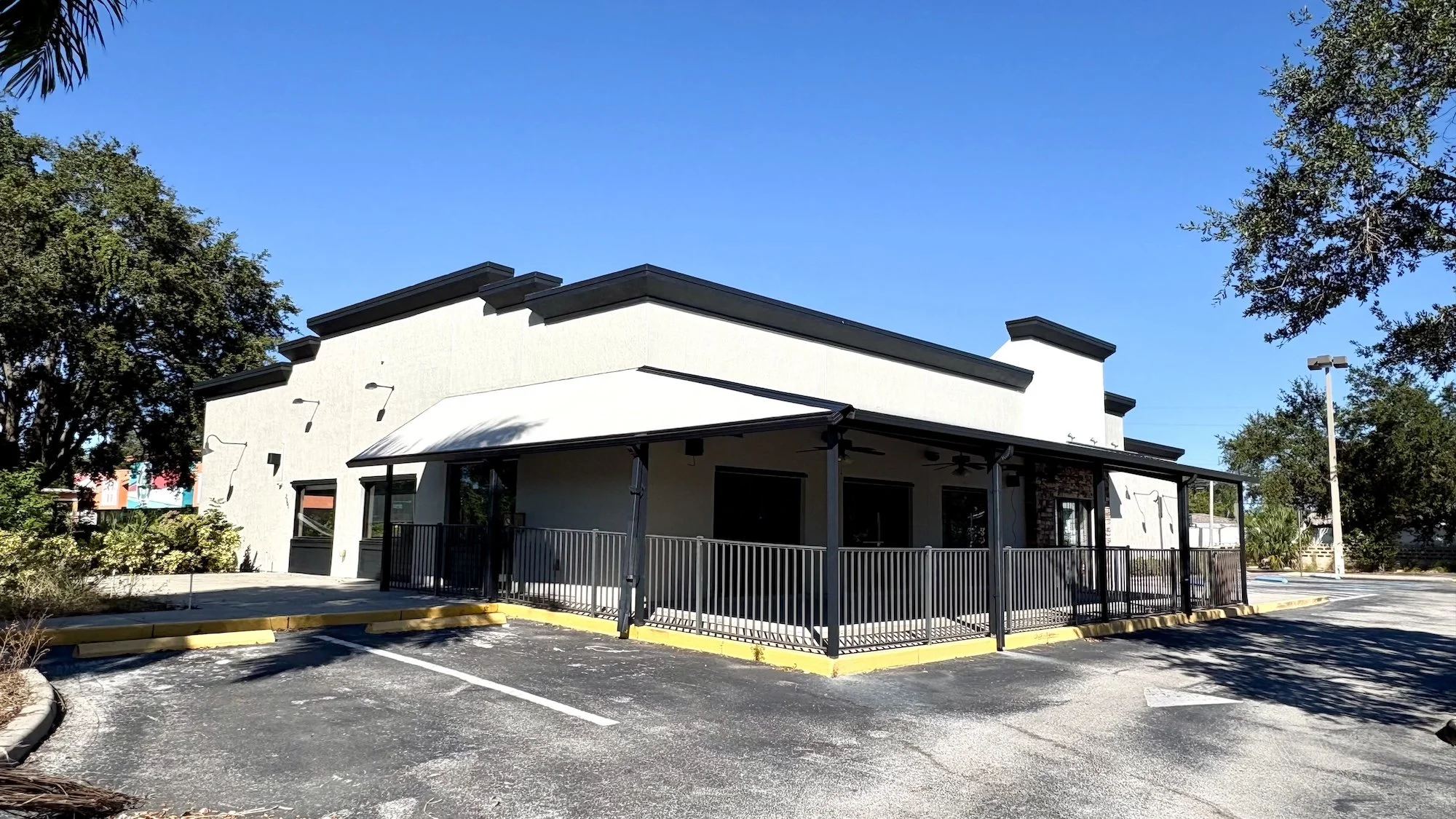Historically St. Pete: The fascinating story of the Williams Mansion, one of the city’s oldest surviving landmarks
/The historic Williams Mansion, one of St. Pete’s oldest surviving landmarks, on the campus of USF St. Pete | USF St. Pete
At St. Pete Rising, we are constantly providing comprehensive coverage on everything new and coming soon to the Sunshine City, but we think it’s also important to take a look back at our city's rich history.
Historically St. Pete, a monthly column on St. Pete Rising written by Executive Director of the St. Petersburg Museum of History Rui Farias, covers everything from the legend of underground mobster tunnels to the buildings and people that created the Sunshine City.
Follow us each month as we explore how these projects shaped St. Pete into the city we know and love today.
This month we look back at the Williams Mansion, built in 1891 for city co-founder General John C. Williams, making it one of St. Petersburg’s oldest surviving landmarks.
Hotel Manhattan in the 1930s at the corner of 4th Street and 5th Avenue South | National Register of Historic Places
Whenever I lead the St. Petersburg Museum of History’s downtown historic trolley tours, I always linger a little too long in front of the Williams Mansion. I can’t help myself. Brimming with the stories that shaped our city, this magnificent structure has held a special place in my heart since 1967.
This Queen Ann architectural style home is one of the oldest surviving buildings in St. Petersburg.
I grew up across the street from it, spending my childhood climbing through its majestic tower. When I was a 10-year-old living in a neighborhood filled with retirees, I earned my first paycheck by cutting the grass around the building.
When it was completed in 1891, it stood at what is now 4th Street and 5th Avenue South and would be the final home of John Constantine and Sarah Williams.
Perched atop the hill looking down on the waterfront, it featured wide wrap-around porches, stained glass windows, and a tower with an octagonal turret. The interior includes a mahogany grand staircase, decorative woodwork and the letter “W” inscribed on top of the doorways.
John C. Williams is one of the founders of St. Petersburg, and prior to his death, a substantial landowner. John originally arrived in St. Petersburg in 1875 from his native Detroit.
A horse and buggy outside Hotel Manhattan in the 1910’s | St. Petersburg Museum of History
He was the son of a successful land developer, who was also the first Mayor of Detroit. John suffered from crippling asthma and upon the advice of doctors, moved south.
He explored other sites in Florida before settling on the southern tip of the Pinellas peninsula. John purchased nearly 2,000 acres of land, moved his family here and tried his luck at farming. He failed miserably.
The struggle with the land, searing heat and swarming mosquitoes forced John back to Michigan. The roaming alligators probably had something to do with it as well.
He made numerous trips back to the area before he divorced his first wife, married the younger Sarah, mother of a young man he employed in Detroit, and moved to Florida for good in 1887.
John and Sarah were living in Tampa when they heard the rumor of a Russian railroader looking to extend the Orange Belt Railway south to the Pinellas peninsula.
It’s took Sarah’s negotiating skills, and 250 acres of waterfront land, to finally convince Peter Demens and his partners to take the line to the eastern shore, rather than the southern tip of the peninsula, now Gulfport.
The historic Williams House is now located on the campus of USF St. Pete at 511 2nd Street South | Crows Nest
The arrival of the train in 1888 spurred the growth of St. Petersburg and in 1892, residents voted to incorporate as a town.
As part of the process, they needed to elect a mayor and city council. John decided he wanted to follow in his father’s footsteps and entered the mayoral election. His opponent, David Moffett, won the election 21-10.
John retreated to his mansion on the hill, dying one month later.
Sarah eventually married Capt. James Armistead, and they lived in the 15-room mansion house for a short time. In 1906, the Manhattan Hotel Company purchased the Williams Mansion and converted it into a hotel, eventually adding on an additional wing.
It was in use as a hotel for nearly 90 years at the 444 5th Avenue South address and was added to the U.S. National Register of Historic Places in 1975.
In the spring of 1997, the Williams house was moved to 511 2nd Street South on the USF St. Pete campus | Tampa Bay Times
The Manhattan property was eventually sold to make room for the new All Children’s Hospital, and in effort led by the late Dr. Williams “Bill” Heller in one of the biggest preservation stories in St. Pete History, the original Williams Mansion was purchased by the University of South Florida.
In the spring of 1997, surrounded by celebratory revelers, the house was moved on campus to 511 2nd Street South.
The Williams Mansion serves as USF St. Pete’s Exterior Affairs Offices, and thanks to a $280,640 matching grant from the Florida Division of Historical Resources, the historic John C. Williams Mansion recently underwent major restorations and upgrades including foundation work, a new roof, hurricane panels and other repairs that will help ensure the structure’s safety.
Situated next to the historic Snell House, home to the Florida Studies Graduate Program, the Williams Mansion remains a tribute to the city and USF’s commitment to preservation of the past.

